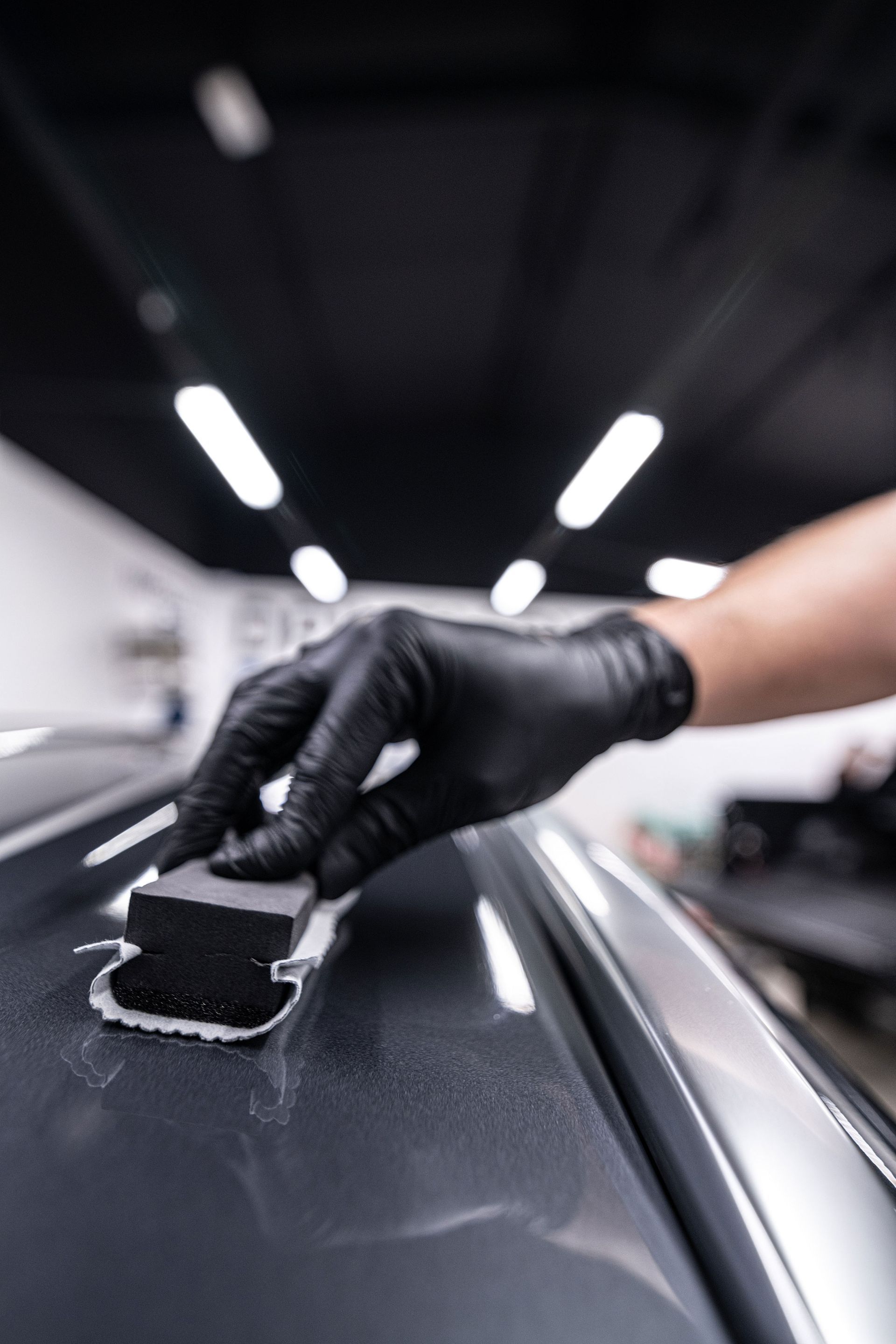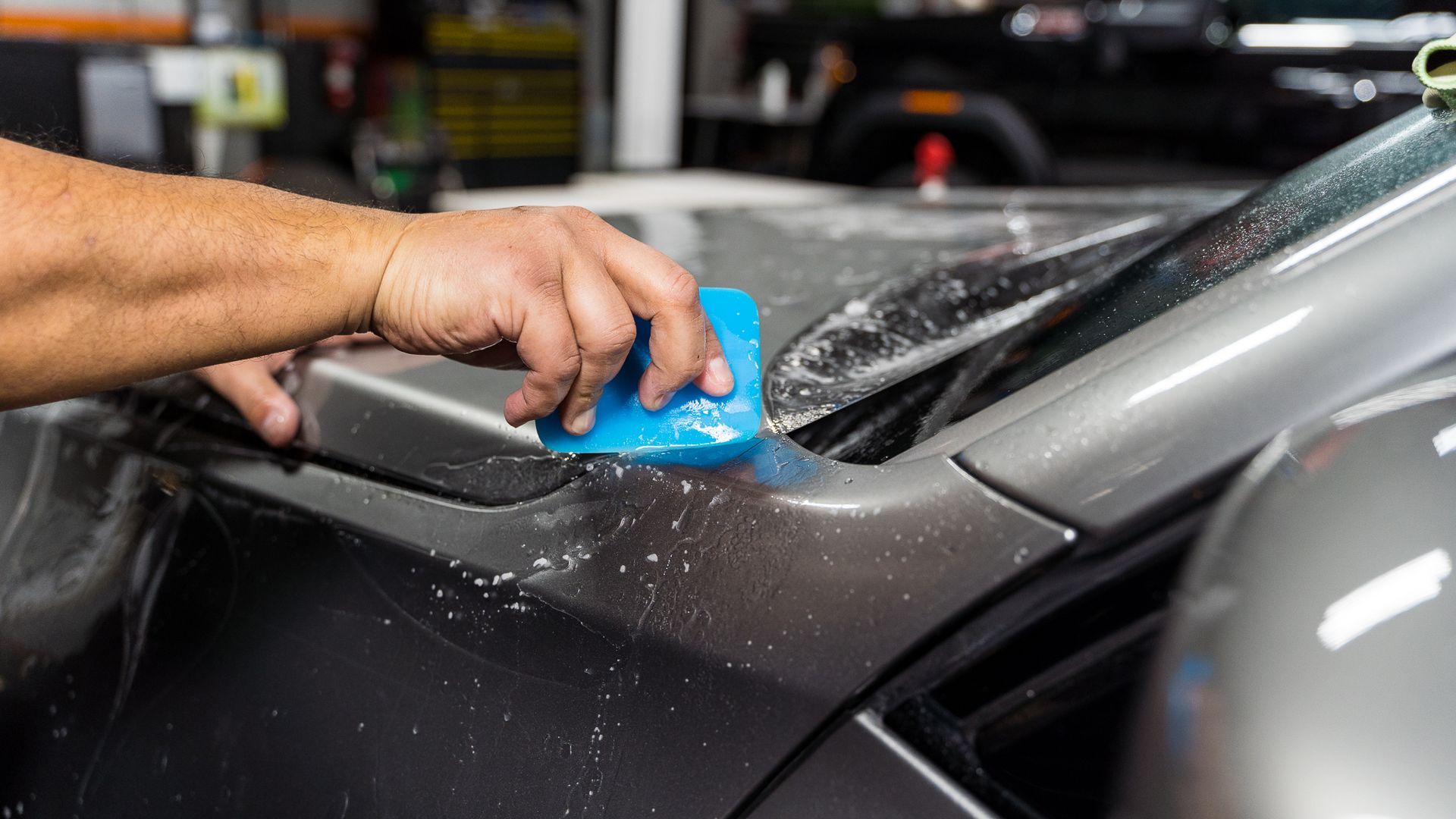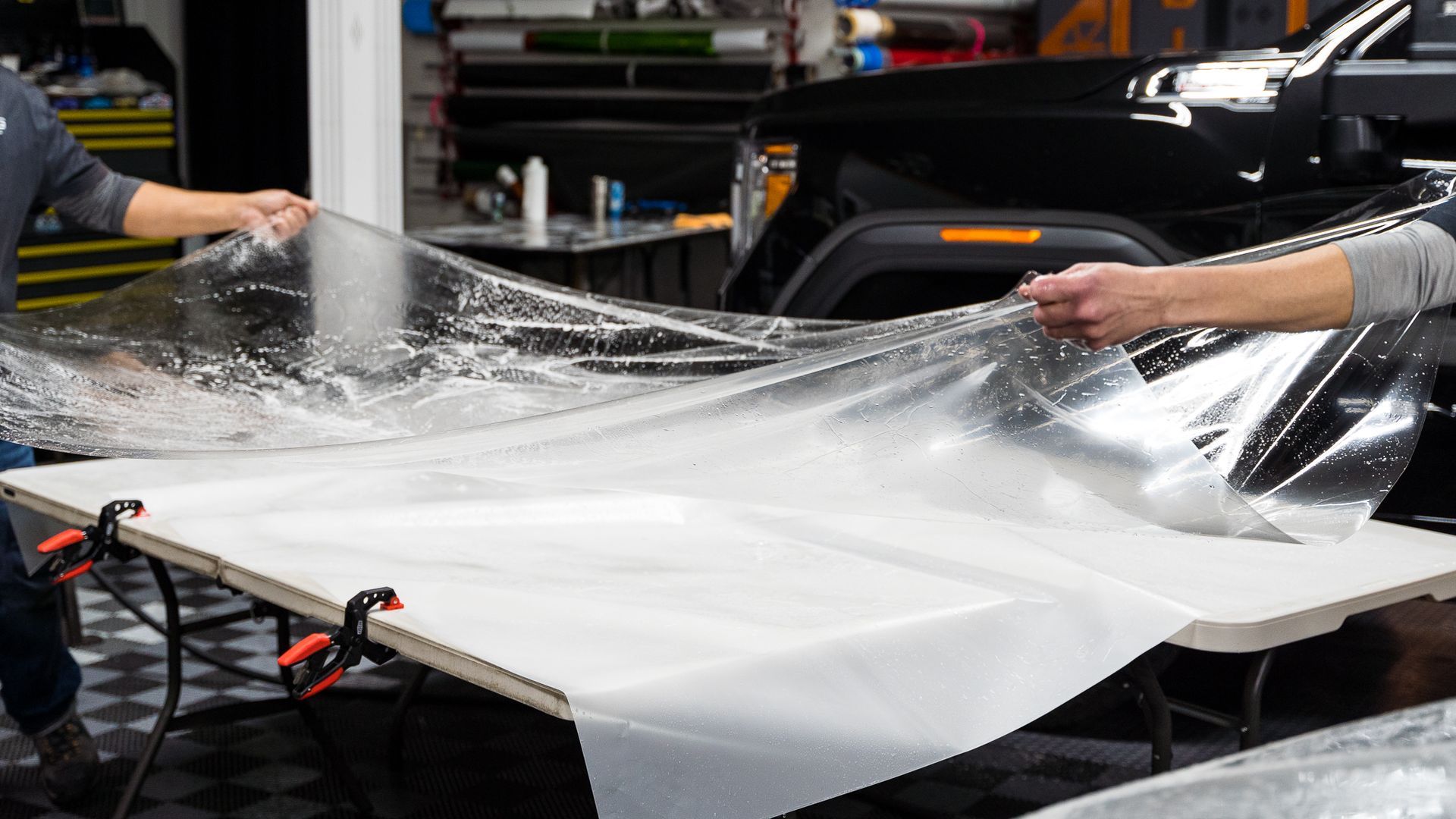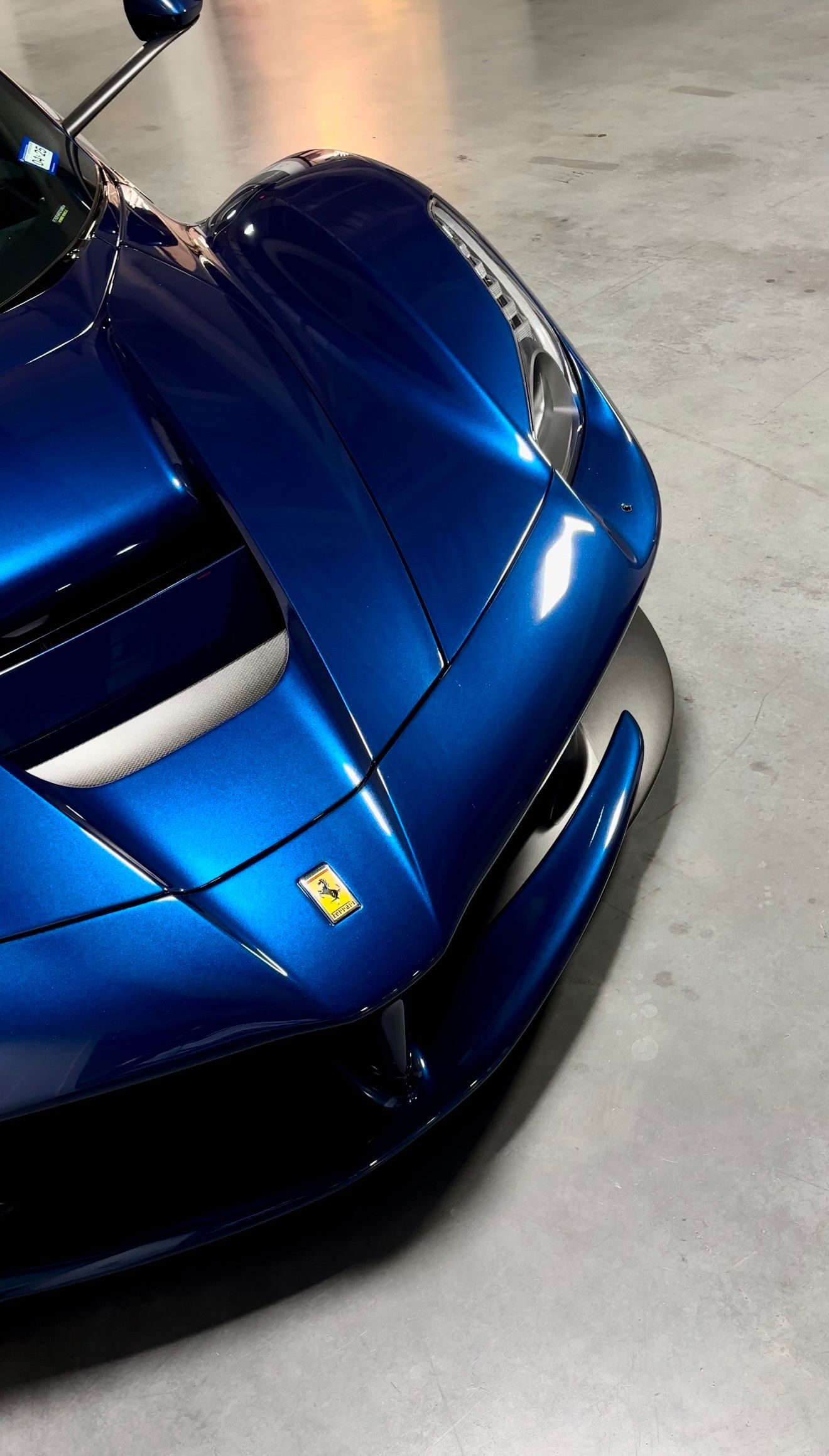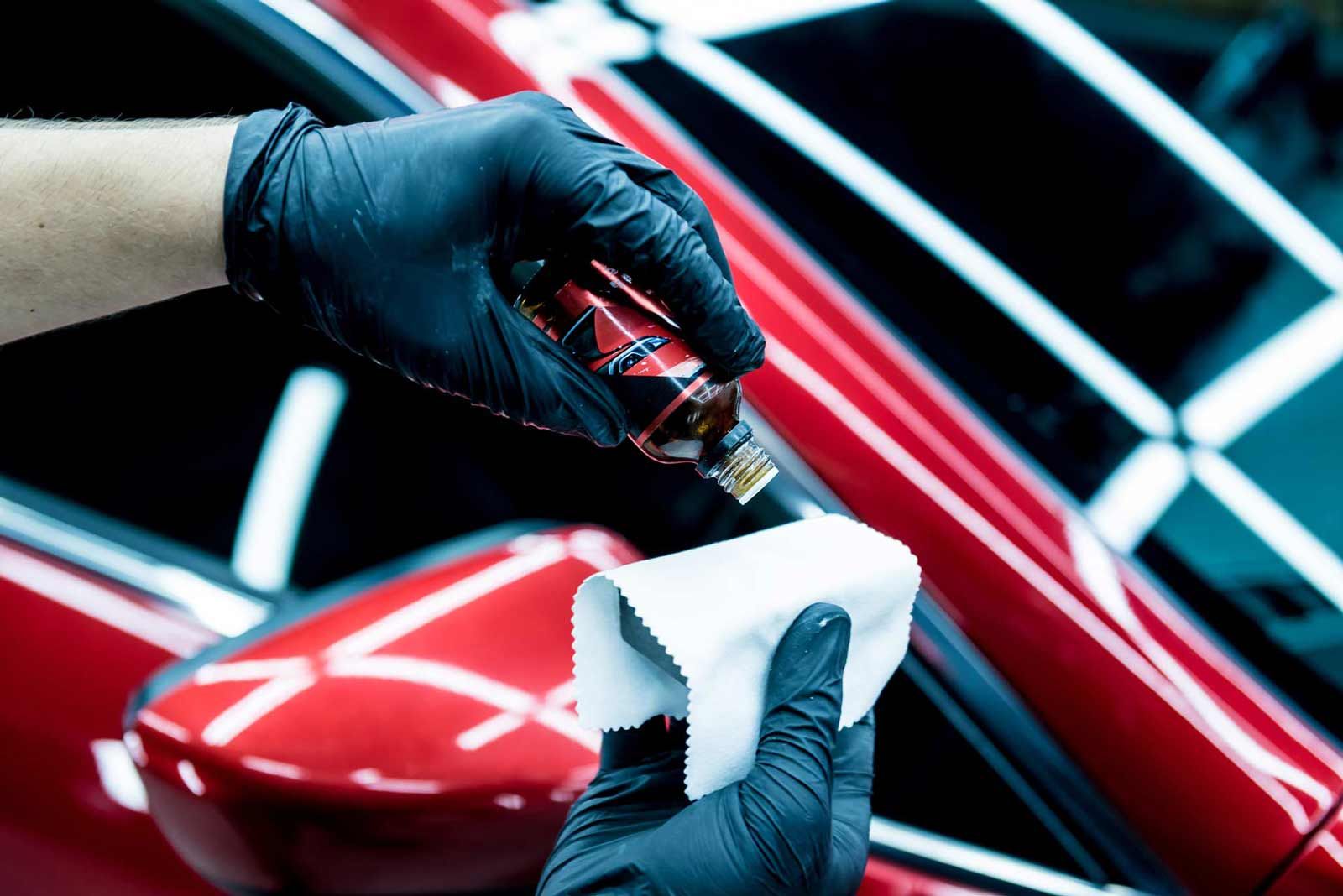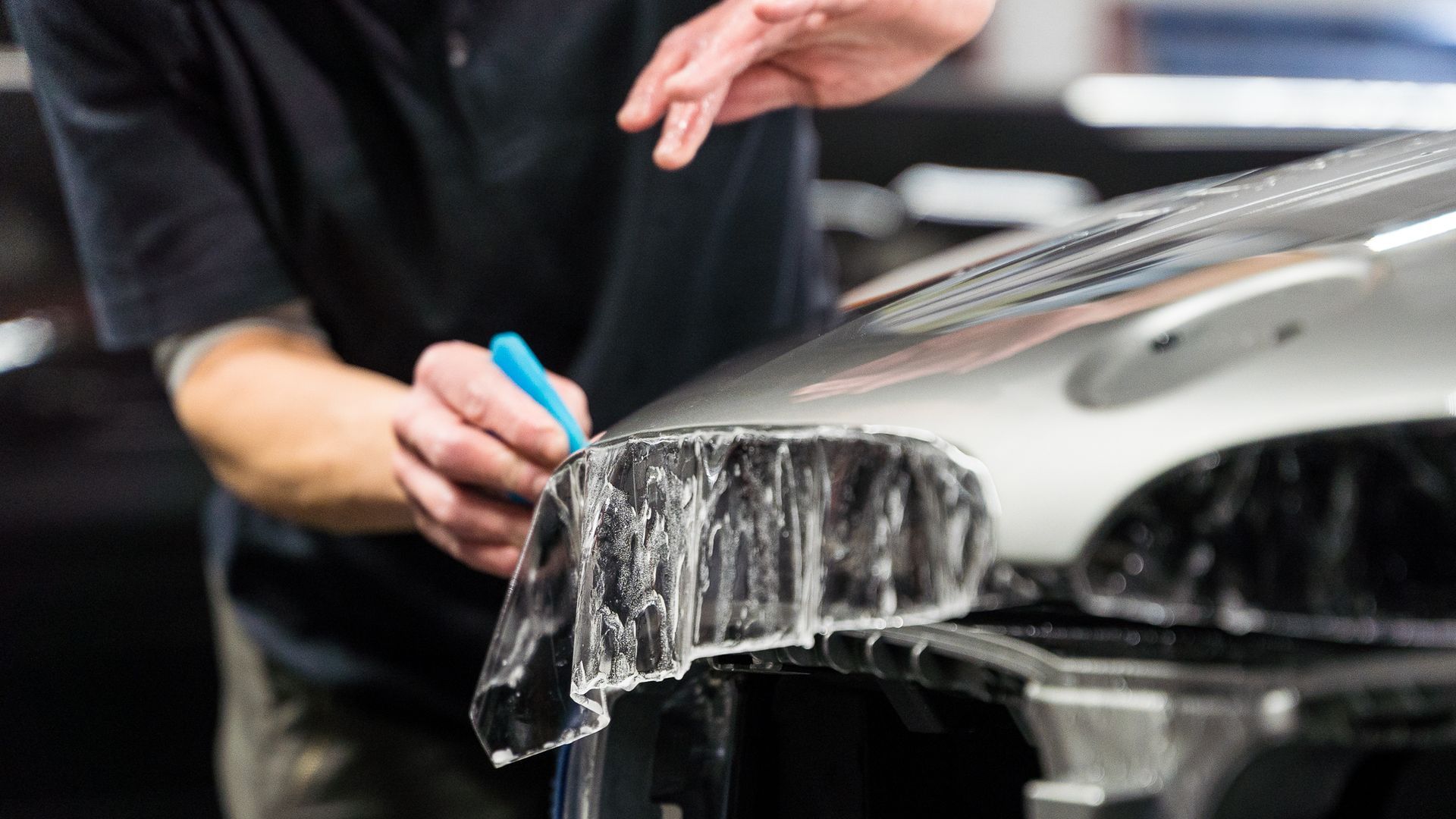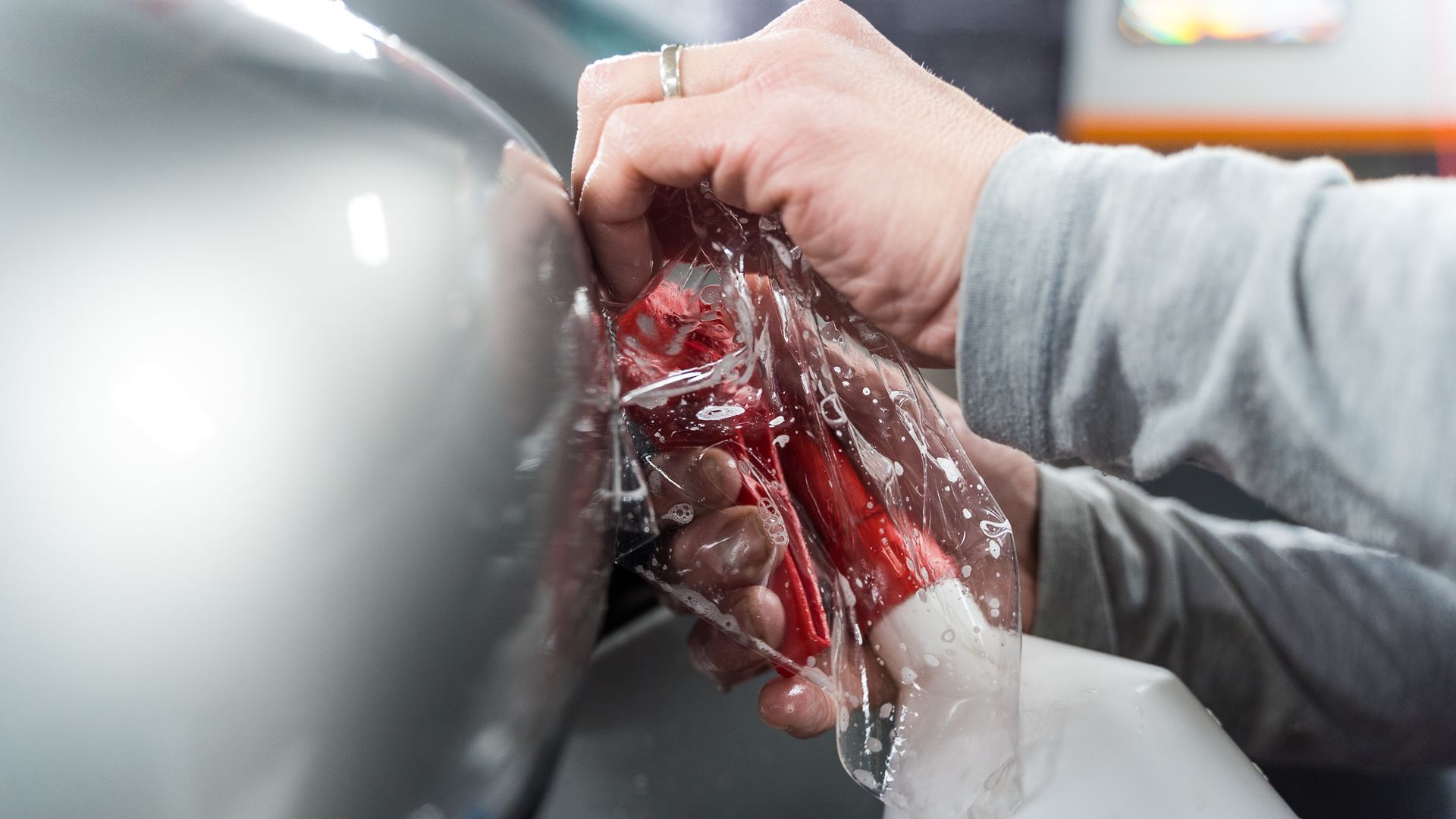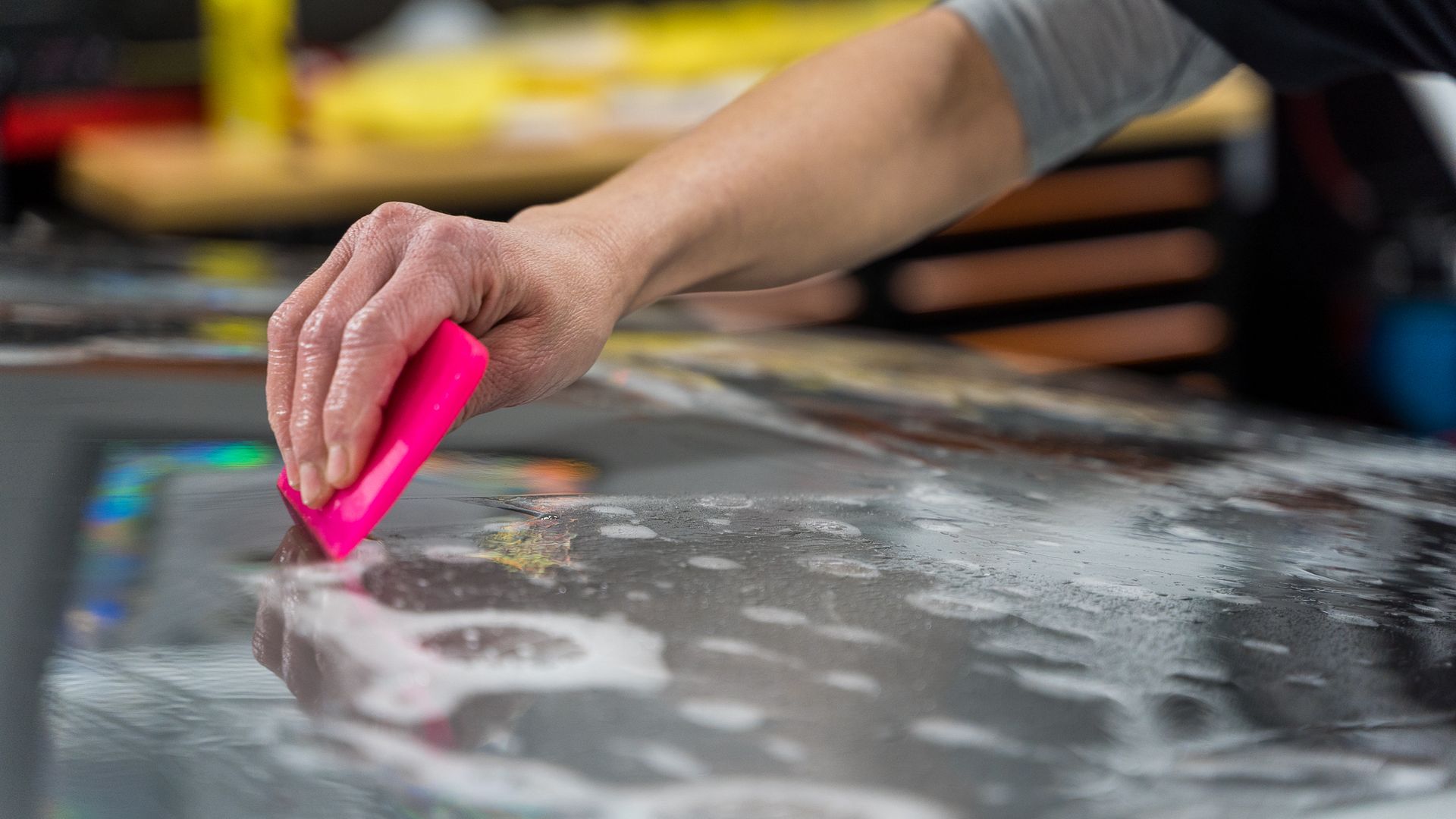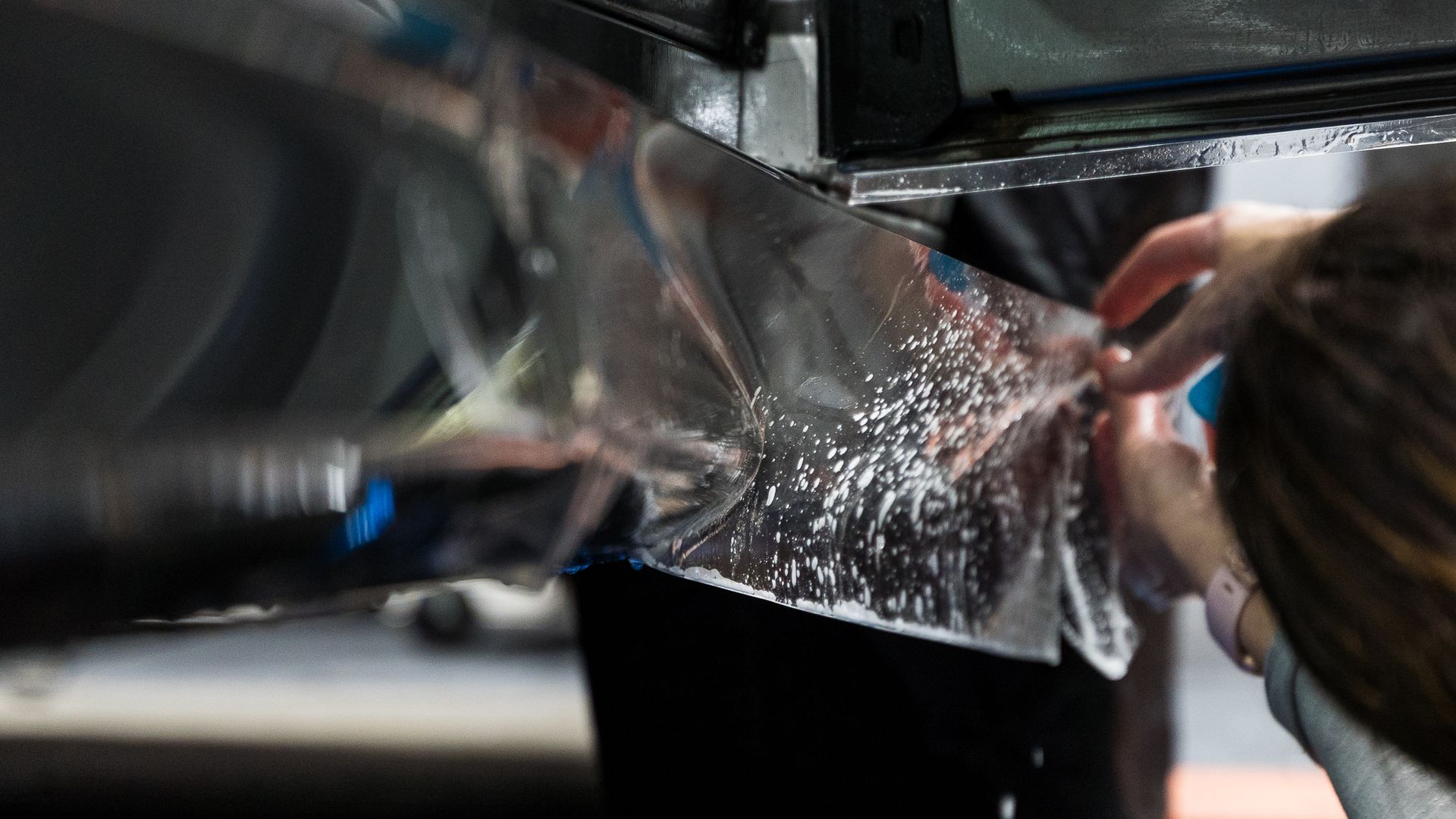How to Properly Care for a Vehicle with PPF: Essential Maintenance Tips
Taking care of your vehicle can sometimes feel like a full-time job, especially when it comes to maintaining its appearance. If you've installed paint protection film (PPF), you've already made a wise investment in keeping your car looking great for years to come. This special film acts like a shield against scratches, chips, and harmful UV rays. However, just like any protective coating, PPF needs regular care to stay strong. In this article, we'll explore how to maintain your PPF properly so it continues to provide excellent protection while helping your vehicle shine bright.
Understanding Paint Protection Film Benefits
The advantages of Paint Protection Film extend far beyond mere aesthetics; they represent a significant investment in your vehicle's longevity and overall value. One of the most compelling benefits is its ability to shield your car's paint from daily wear and tear, including minor scratches, stone chips, and harmful UV exposure. PPF acts as a sacrificial layer, absorbing impacts that would otherwise mar your vehicle's beautiful finish. Paint protection film provides robust protection against various challenges while defending against chemical agents lurking in the environment, such as bird droppings, which can eat away at paint if left unattended. The film's self-healing properties mean that under ideal conditions, minor scratches simply disappear over time when exposed to heat, leaving the paintwork looking pristine without requiring costly interventions. A well-maintained exterior looks good and retains a higher resale value. Protecting your car's surface doesn't just preserve its beauty; it becomes a strategic move for long-term ownership goals. Whether you're driving a sports car or a reliable sedan, having PPF installed pays off by ensuring your investment remains intact against various challenges posed by daily driving life.
Pre-Installation Preparation
Before diving into the installation process, it's essential to start with a clean canvas. Washing your vehicle isn't just about making it look good; it's about ensuring that the PPF can adhere properly for the best performance. Begin by washing the entire exterior of your vehicle using a pH-neutral soap and a soft microfiber wash mitt. This combination effectively removes dirt, grime, and any contaminants without scratching the paint. After washing, use a clay bar on the surface to eliminate embedded particles that you might miss during washing. The clay bar works wonders for removing microscopic contaminants. Run it gently over the cleaned surfaces in a back-and-forth motion to pick up particles that regular washing can't address. Next comes the crucial phase of inspection.
Take a moment to inspect your vehicle's paintwork closely. If there are swirls, chips, or small scratches present on the surface, these need addressing before installation. Ignoring imperfections can amplify them once covered with film, making them more prominent rather than concealed. Polishing the paintwork can be an effective way to eliminate those imperfections. The environment plays a significant role in the outcome of your PPF installation. It's best to apply PPF in shade or within an enclosed space free from direct sunlight and dust. High temperatures can cause adhesives to cure too quickly and may lead to improper adhesion or warping of the film itself. A garage or shaded area ensures that you have total control over temperature and cleanliness.
Proper Washing Techniques
Regular washing is recommended every one to two weeks to keep your film looking fresh and performing optimally. Always opt for a pH-neutral car soap with a neutral pH level between six and eight. This type of soap won't harm the film while effectively removing dirt and grime. When washing, use a soft wash mitt and lather gently in straight, long strokes rather than circular motions. This method minimizes the risk of swirl marks, which could ruin that glossy finish. The two-bucket method is highly recommended: fill one bucket with soapy water for washing and keep clean water in the other to rinse out your mitt. This prevents any grit or debris from scratching your film. While high-pressure washing might seem like an effortless solution, it can actually lift the edges of PPF over time, leading to premature peeling or damage. If you must use a high-pressure washer, maintain a safe distance by keeping the nozzle at least twelve inches away from the surface. Additionally, angle your spray carefully and never direct it at sharp angles toward the edges of the film, as this can force water beneath the film and cause separation.
Preventing Scratches and Damage
One of the most effective ways to protect your PPF is simply how you choose to park your vehicle. Whenever possible, look for shaded or covered areas. This practice reduces exposure to harsh sunlight, which can degrade both the paint and the film, while also shielding your vehicle from potential hazards like falling tree sap or bird droppings. Investing in a quality cover for your car is an excellent way to provide additional protection against the elements when the vehicle is parked for extended periods. Being aware of your surroundings while driving can significantly minimize risks to your PPF. Keeping a safe distance from the vehicle in front of you is essential. On highways or busy roads, larger vehicles are notorious for kicking up small stones and debris that can chip away at the PPF's surface. By positioning yourself strategically, you allow for some buffer space between your car and roadside hazards. Regular inspections of your PPF after washing your car or returning from a long drive are important. Look for any signs of damage, such as tiny scratches or lifted edges, that might need attention before they become bigger problems. Proactive maintenance today can save you time and money down the line.
Maintaining Surface Gloss
One of the remarkable benefits of PPF is its ability to enhance your vehicle's aesthetic appeal while protecting it from environmental wear. Applying ceramic coatings atop your PPF provides an additional barrier against scratches and significantly enhances the gloss. These ceramic coatings bond chemically with the surface of the PPF, offering durability that can last up to two years. The coating helps maintain that vibrant appearance while minimizing wear caused by UV rays or harsh weather conditions. Routine polishing is another essential practice. Using a gentle polish specifically designed for PPF will help restore any diminished shine and keep the surface looking new. Use a microfiber cloth when applying polish, and remember that light application is key. Avoid scrubbing aggressively, as this can lead to irreversible harm. Beyond ceramic coatings and polishing, wash your vehicle with pH-neutral soap every one to two weeks. Cleaning regularly prevents dirt and other contaminants from dulling that shiny exterior over time. Using a microfiber towel during drying will help secure a spotless finish free from water spots or streaks.
Essential Maintenance Practices
Consistent maintenance is critical to making sure your PPF provides maximum protection while preserving the aesthetics of your vehicle. Conduct weekly inspections by carefully examining the film for any signs of lifting, bubbles, or scratches. Catching small issues early can prevent larger problems from escalating into costly repairs. Immediate action should be taken if contaminants make their way onto the PPF. Bird droppings or tree sap can cause staining or etching into the film if left untreated. Have on hand a gentle pH-neutral cleaner to wipe them away as soon as they appear, protecting the integrity of the film. High-quality microfiber towels should be used when drying your vehicle. These towels prevent pesky mineral deposits or water spots that can dull the finish of the PPF. Limiting UV exposure is key in prolonging the life of your PPF. Whenever possible, park in shaded areas or garages. Reducing exposure helps combat premature aging effects caused by harmful rays.
Avoiding Common Mistakes
One of the most prevalent errors is neglecting proper cleaning. Using harsh chemicals or abrasive materials can scratch or cloud the film. Strong tar removers that promise to melt away any obstruction are harsh enough to strip the protective layer on your PPF, reducing its overall integrity. Instead, opt for gentle, pH-neutral soaps designed specifically for protected surfaces. Another area where many fall short is in incorrect application techniques. While a DIY installation might seem like a cost-saving option, it often leads to costly mistakes like improper adhesion and unsightly bubbling. Professional installers have comprehensive training that allows them to ensure a seamless application free from air pockets or misalignment. Consider hiring an expert; it's an investment that typically pays off in time saved and quality assurance. Environmental conditions during and after installation matter significantly. Temperatures should ideally be maintained between sixty and ninety degrees Fahrenheit for proper film bonding. In extreme temperatures, resist the temptation to apply the PPF. Keeping your vehicle parked indoors post-installation can help maintain stable temperatures and humidity levels optimal for curing. Being vigilant about long-term care is crucial for maximizing your PPF's longevity. Routine inspections should be part of your maintenance schedule. A quick check can prevent minor issues from escalating into more extensive problems.
Diligent maintenance and attention to detail are key to preserving the value and appearance of your vehicle with Paint Protection Film. By following these essential care tips—from proper washing techniques to avoiding common mistakes—you'll ensure that your investment in PPF yields both impressive protection and a stunning appearance for years to come. Regular care every one to two weeks, prompt removal of contaminants, and smart parking strategies will keep your vehicle looking fresh and new while maintaining its resale value.
Unmatched Paint Protection for Austin Drivers
Our
premium paint protection film services are designed to shield your vehicle’s finish from chips, stains, and road debris while preserving its showroom shine. With expert installation and high-quality materials, we provide a nearly invisible layer of defense that keeps your car looking its best through every drive.
Schedule your appointment and learn more about our paint protection film services in Austin, TX today!
